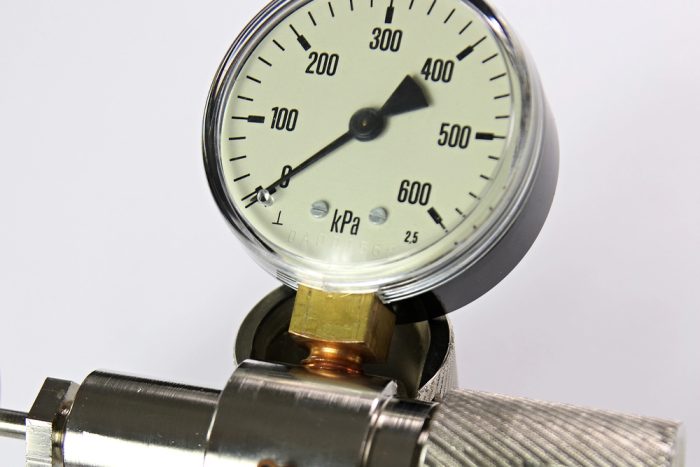Thread plugs are essential for verifying that threaded components fit correctly and function as intended. These tools measure the internal threads of parts and certify that they meet the required standards for use. Among the different types of thread plugs, “go” and “no-go” thread plugs are fundamental in determining whether a part is fit for use.
Understanding Thread Gages
Thread gages are tools used to measure and verify the dimensions of threads on fasteners such as screws, bolts, and nuts. The accuracy of these measurements is censerious to the assembly of machinery and vehicles where these fasteners play a significant role in connecting components under stress.
Thread gages are designed according to specific standards such as ANSI (American National Standards Institute), and these measurements must be precise. The use of “go” and “no-go” gages is key to confirming that threads are within acceptable limits.
The Go Thread Plug
The “go” thread plug is a measuring tool used to check the functional size of internal threads. It confirms that a part’s threads meet the minimum acceptable dimensions. A go thread plug should fit smoothly into the part’s internal threads and enter fully without resistance. The primary purpose of the go plug is to verify that the part can be assembled without issues. For example, a 1/4-20 UNC go thread plug would be designed to fit a part with a 1/4-inch diameter and 20 threads per inch. The part must be reworked or discarded if the go plug does not fit.
The No-Go Thread Plug
The no-go thread plug gauges the maximum allowable size of the internal thread. It checks whether the thread dimensions exceed the upper tolerance limit. If the part is within specification, the no-go plug will not fully fit into the threads.
Unlike the go plug, which should enter the entire threaded length, the no-go plug is designed to stop after only a few threads. This allows it to check that the part has not been over-formed or is too large, which could lead to improper assembly or failure under stress.
How Do They Differ?
The go and no-go plugs work together to verify that a threaded part meets minimum and maximum size requirements. The go plug verifies that the part is large enough to be functional, while the no-go plug ensures it is not too large. Both are vital quality control tools in manufacturing processes involving threading, such as automotive, aerospace, and medical device production.
While both are part of the same family of thread gages, the go and no-go plugs have distinct roles in determining if a part is usable or defective. The go plug checks for usability, and the no-go plug checks for excessive dimensions.
How Willrich Precision Instrument Can Help
At Willrich Precision Instrument, we supply high-quality go and no-go thread plugs and other vital measuring tools. With over 50 years of experience in the field, our team is equipped to provide precision measurement tools that meet strict standards for industries such as aerospace, medical, automotive, and more. Let us help you verify the reliability and accuracy of your threaded parts with our dependable thread gages and calibration services.





